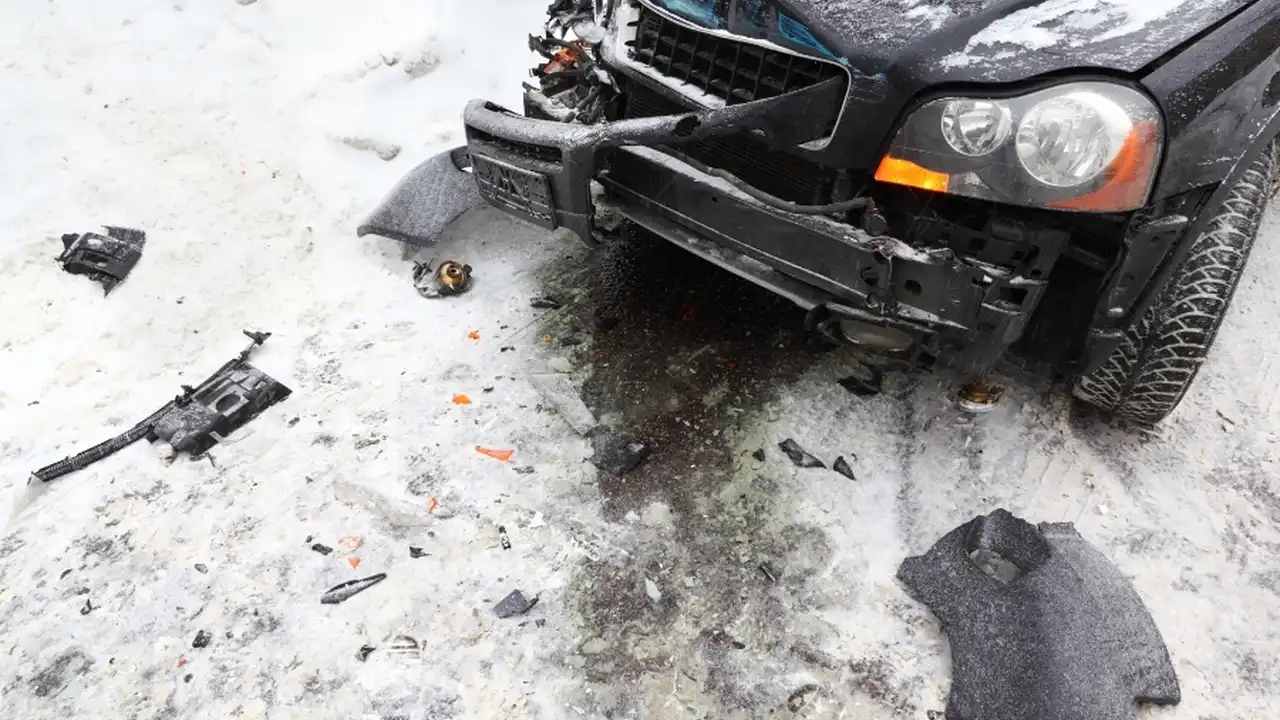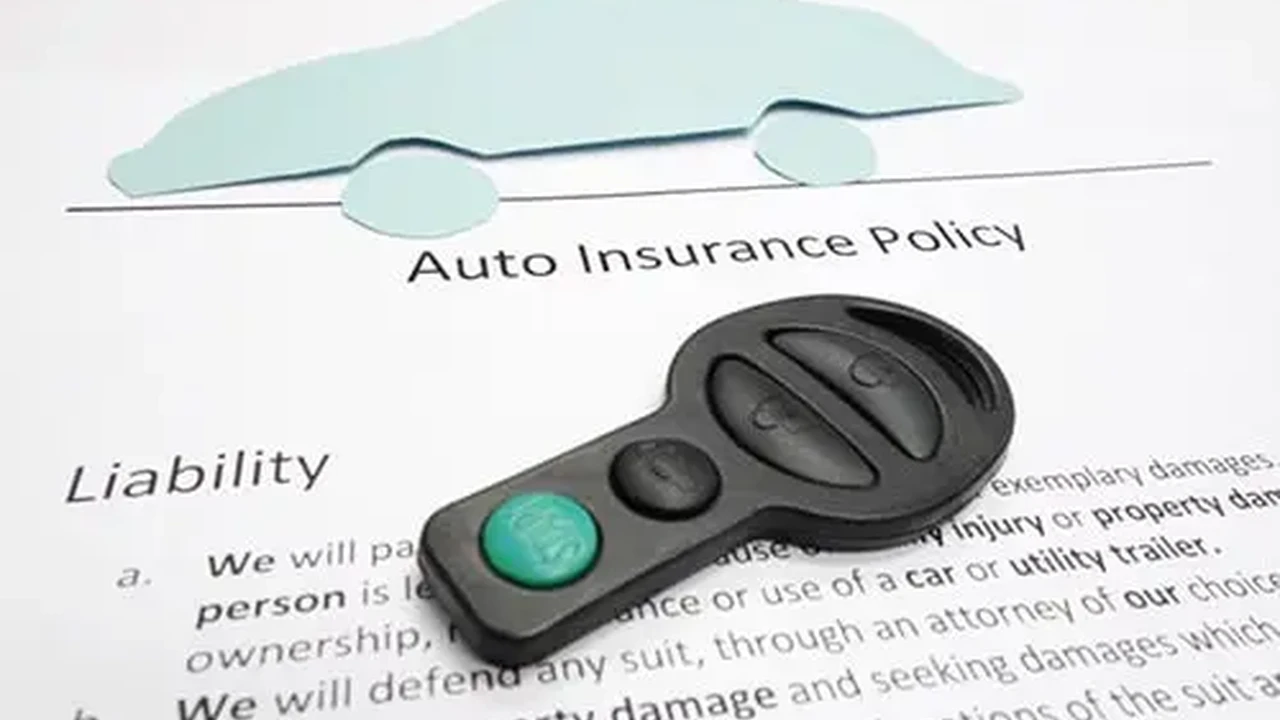Collision Coverage: Repairing Your Car After an Accident

Understanding Collision Coverage What It Is and How It Works
So, you've been in an accident. Not fun, right? Hopefully, everyone's okay. But now you're staring at a crumpled fender and wondering, "What now?" That's where collision coverage steps in. Think of it as your car's personal bodyguard after a fender-bender. It helps pay to repair or replace your vehicle if it's damaged in a collision with another car or object, regardless of who's at fault. Key word: collision. That means hitting another car, a tree, a guardrail – anything solid, really.
Now, here's the kicker: collision coverage is *optional*. Unlike liability coverage, which most states require, you don't *have* to have it. But trust me, when you're facing a hefty repair bill, you'll be glad you do. It covers the cost of repairs up to your policy's limit, minus your deductible. We'll talk more about deductibles later.
When Does Collision Coverage Kick In Common Accident Scenarios
Let's paint some pictures. Imagine you're backing out of your driveway and *bam!* You clip the neighbor's mailbox. Collision coverage. Or maybe you're driving down the highway and a deer jumps out in front of you. Collision coverage. Even if you're at fault for the accident, collision coverage will still help pay for the damage to *your* car. Here are a few other scenarios:
- Hitting another car in a parking lot
- Sideswiping a parked car on the street
- Running into a tree during a snowstorm
- Flipping your car after swerving to avoid an animal
Important note: Collision coverage *doesn't* cover everything. It typically won't cover damage caused by things like hail, vandalism, or theft. Those are usually covered by comprehensive coverage, which is a whole other beast.
Collision Coverage Deductibles Choosing the Right Amount for Your Needs
Okay, let's talk deductibles. This is the amount of money you pay out of pocket before your insurance kicks in. Collision coverage deductibles typically range from $250 to $1,000. A lower deductible means you'll pay less out of pocket after an accident, but your monthly premiums will be higher. A higher deductible means you'll pay more out of pocket, but your premiums will be lower. It's a balancing act.
So, how do you choose the right deductible? Think about your budget and your risk tolerance. Can you comfortably afford to pay $1,000 if you have an accident? If not, a lower deductible might be a better choice. Also, consider how often you drive and the conditions you typically drive in. If you live in a busy city with lots of traffic, you might be more likely to have an accident, and a lower deductible could save you money in the long run.
Collision Coverage vs Comprehensive Coverage What's the Difference
This is where things can get a little confusing. Collision and comprehensive coverage both protect your car, but they cover different types of damage. We already know collision covers damage from collisions. Comprehensive coverage, on the other hand, covers damage from things like:
- Theft
- Vandalism
- Hail
- Fire
- Falling objects (like trees)
- Animal damage (like hitting a deer, although some policies might classify this as collision)
Think of it this way: if your car is damaged in a collision, it's collision coverage. If it's damaged by something else, it's comprehensive coverage. Many people choose to have both collision and comprehensive coverage for maximum protection.
Top Car Insurance Providers Offering Collision Coverage and Their Features
Alright, let's dive into some specific insurance companies and what they offer in terms of collision coverage. Keep in mind that prices and coverage options can vary depending on your location, driving history, and the type of car you drive. Always get quotes from multiple companies to find the best deal.
State Farm Collision Coverage Review and Pricing
State Farm is a well-known and reputable insurance company with a wide range of coverage options. Their collision coverage is pretty standard, covering the cost of repairs or replacement after a covered accident, minus your deductible. They also offer some nice features, like:
- Accident Forgiveness: This prevents your rates from going up after your first at-fault accident.
- Drive Safe & Save: A program that tracks your driving habits and rewards safe drivers with discounts.
Pricing: A typical State Farm collision coverage policy with a $500 deductible might cost around $200-$400 per year, depending on the factors mentioned above. Example Scenario: A 35-year-old driver with a clean driving record and a 2020 Honda Civic might pay around $250 per year for collision coverage with a $500 deductible. This would cover repair costs stemming from accidents with other vehicles or stationary objects. Product Recommendation: State Farm is solid.
GEICO Collision Coverage Review and Pricing
GEICO is another popular choice, known for its competitive rates and easy-to-use online platform. Their collision coverage is similar to State Farm's, covering the cost of repairs or replacement after a covered accident. They also offer:
- Diminishing Deductible: Your deductible decreases over time for every year you go without an accident.
- Mobile App: A convenient app for managing your policy, filing claims, and getting roadside assistance.
Pricing: GEICO's collision coverage might be slightly cheaper than State Farm's, potentially ranging from $180-$350 per year with a $500 deductible. Example Scenario: A 40-year-old driver with a minor speeding ticket and a 2018 Toyota Camry might pay around $220 per year for collision coverage with a $500 deductible. This would be particularly useful in urban environments where parking incidents are more frequent. Product Recommendation: Great for tech-savvy users.
Progressive Collision Coverage Review and Pricing
Progressive is known for its "Name Your Price" tool, which allows you to customize your coverage to fit your budget. Their collision coverage is also pretty standard, but they offer some unique features:
- Deductible Savings Bank: You can earn credits towards your deductible over time for safe driving.
- Snapshot: A usage-based insurance program that tracks your driving habits and rewards safe drivers with discounts.
Pricing: Progressive's collision coverage pricing can vary widely depending on your individual circumstances. It could range from $150-$450 per year with a $500 deductible. Example Scenario: A 28-year-old driver with a recent at-fault accident and a 2015 Ford Mustang might pay around $380 per year for collision coverage with a $500 deductible. This highlights the importance of comparison shopping after an accident. Product Recommendation: Good for drivers looking for customization.
Comparing Collision Coverage Options From Different Insurers
So, how do you choose the right collision coverage for you? Here's a quick comparison of the three insurers we just discussed:
| Company | Pros | Cons | Approximate Price (with $500 deductible) |
|---|---|---|---|
| State Farm | Reputable, Accident Forgiveness | Can be slightly more expensive | $200-$400 per year |
| GEICO | Competitive rates, Mobile app, Diminishing Deductible | Customer service can be inconsistent | $180-$350 per year |
| Progressive | "Name Your Price" tool, Deductible Savings Bank | Pricing can vary widely | $150-$450 per year |
Understanding Collision Coverage Exclusions What's Not Covered
It's also important to know what collision coverage *doesn't* cover. Here are some common exclusions:
- Intentional Damage: If you intentionally damage your car, collision coverage won't pay for it.
- Driving Under the Influence: If you're driving under the influence of alcohol or drugs, your claim will likely be denied.
- Using Your Car for Commercial Purposes: If you're using your car for commercial purposes (like driving for Uber or Lyft) without the proper coverage, collision coverage might not apply.
- Damage Caused by Wear and Tear: Collision coverage is for accidents, not for normal wear and tear on your vehicle.
Tips for Lowering Your Collision Coverage Premiums Smart Strategies
Want to save money on your collision coverage premiums? Here are a few tips:
- Increase Your Deductible: As mentioned earlier, a higher deductible will lower your premiums.
- Shop Around: Get quotes from multiple insurance companies to find the best deal.
- Bundle Your Insurance: Many insurers offer discounts if you bundle your car insurance with other policies, like homeowners insurance.
- Improve Your Driving Record: A clean driving record will result in lower premiums.
- Take a Defensive Driving Course: Some insurers offer discounts for completing a defensive driving course.
- Drive a Safe Car: Some cars are cheaper to insure than others. Choose a car with good safety ratings and low repair costs.
The Claims Process Filing a Collision Claim and What to Expect
Okay, so you've had an accident and you need to file a collision claim. Here's what you can expect:
- Report the Accident: Contact your insurance company as soon as possible after the accident.
- Gather Information: Collect information about the accident, including the other driver's insurance information, the police report, and photos of the damage.
- File a Claim: Your insurance company will assign a claims adjuster to your case. They will investigate the accident and assess the damage to your car.
- Get an Estimate: Get an estimate for the repairs from a reputable auto body shop.
- Negotiate with the Adjuster: The claims adjuster may try to negotiate the repair costs. Be prepared to advocate for yourself and get a fair settlement.
- Get Your Car Repaired: Once you've reached an agreement with the adjuster, you can get your car repaired.
- Pay Your Deductible: You'll need to pay your deductible to the auto body shop before they release your car.
Real World Examples of Collision Coverage in Action
Let's look at a few real-world examples of how collision coverage can help:
- Example 1: Sarah is driving home from work when another driver runs a red light and hits her car. Sarah's car is badly damaged, but luckily she has collision coverage. Her insurance company pays for the repairs, minus her $500 deductible.
- Example 2: John is backing out of his driveway and accidentally hits his neighbor's car. John is at fault for the accident, but his collision coverage pays for the damage to his car, minus his $250 deductible.
- Example 3: Maria is driving down the highway when a tire blows out and she loses control of her car. She hits a guardrail, causing significant damage to her car. Her collision coverage pays for the repairs, minus her $1,000 deductible.
Future of Collision Coverage Emerging Trends and Technologies
The world of car insurance is constantly evolving, and collision coverage is no exception. Here are a few emerging trends and technologies to keep an eye on:
- Advanced Driver-Assistance Systems (ADAS): Features like automatic emergency braking and lane departure warning can help prevent accidents and potentially lower your collision coverage premiums.
- Usage-Based Insurance (UBI): UBI programs track your driving habits and reward safe drivers with discounts. This could lead to more personalized collision coverage pricing.
- Autonomous Vehicles: As self-driving cars become more common, the need for collision coverage may change. It's possible that manufacturers or technology companies will assume more liability for accidents involving autonomous vehicles.
:max_bytes(150000):strip_icc()/277019-baked-pork-chops-with-cream-of-mushroom-soup-DDMFS-beauty-4x3-BG-7505-5762b731cf30447d9cbbbbbf387beafa.jpg)






